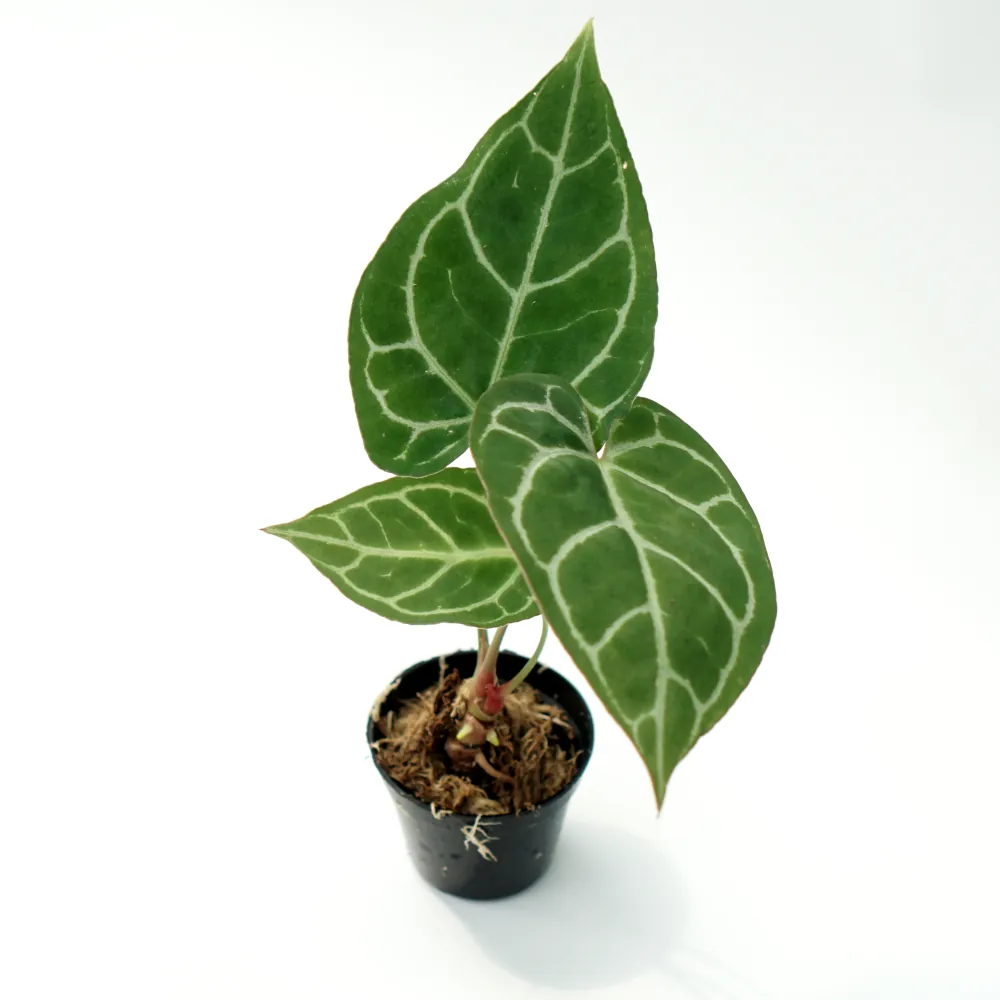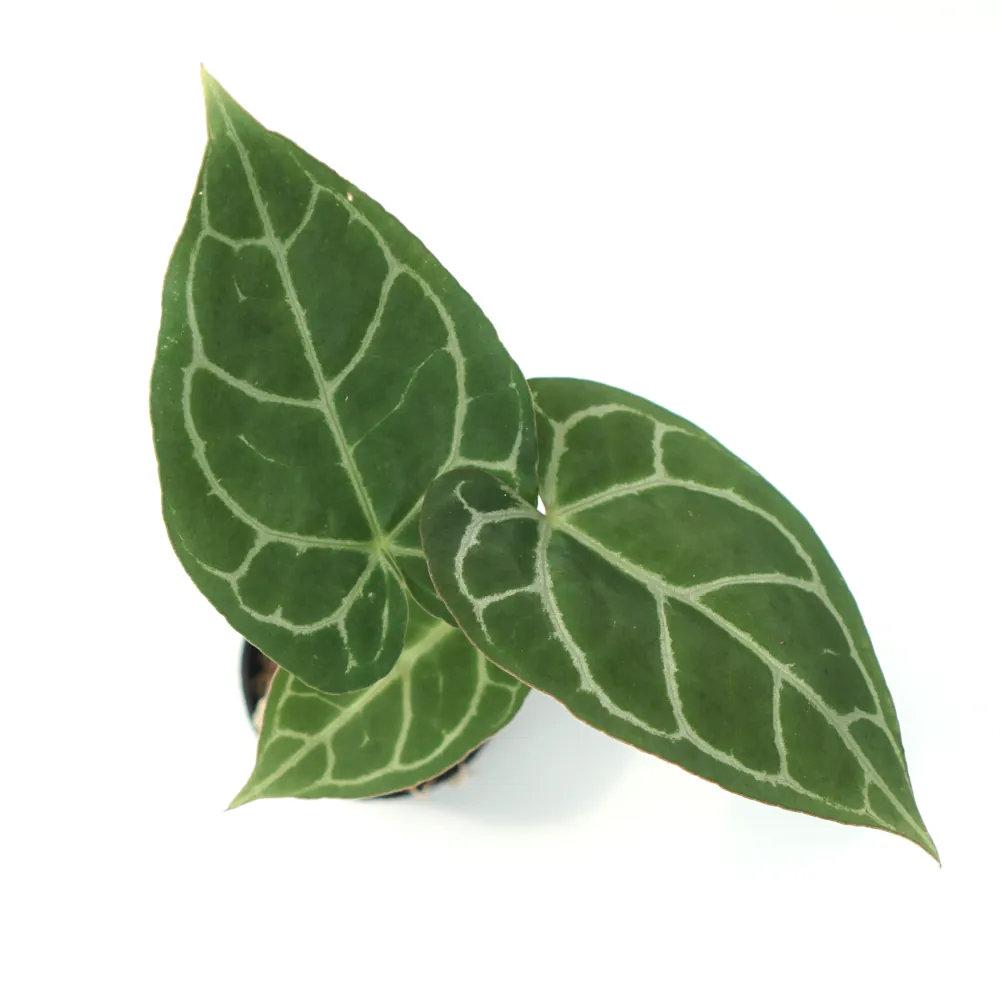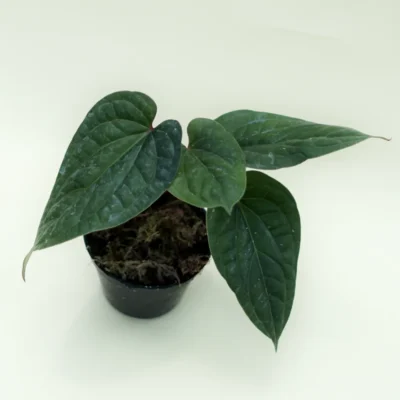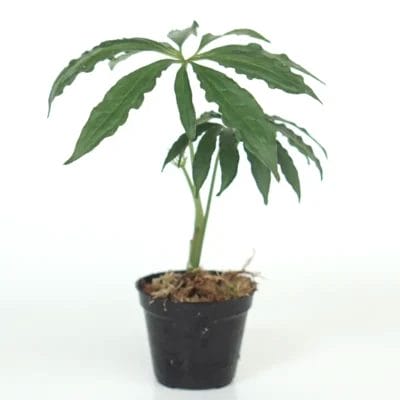Care Guide
You can easily taking care of Anthurium Crystallinum, learn how to take care anthurium crystallinum with our guide. From the light, soil, watering and propagation. Keep your plant happy and healthy with theese tips.
Light
Bright, indirect light is their needs. You can put the plants near a window that receives indirect lighting from the sunlight. You also can put them under grow light. Even they have thick leaves, don’t put them under direct sunlight because it can burn their leaves.
Soil
Anthurium crystallinum prefers moist soil and can be grown in a mixture of peat moss, perlite, and orchid bark. They will be perfect, well-drained soil for Anthurium crystallinum to thrive.
Water
Anthurium crystallinum requires soil that is consistently moist but drains well. Watering frequency will depend on various factors, such as the plant’s size, the pot’s size, and the temperature and humidity of the environment. It’s essential to avoid overwatering, as this can lead to root rot. When the top of the soil is dry, water the plants.
Humidity and Temperature
Anthurium crystallinum thrives in a high humidity environment. Ideally, the humidity should be between 70-80%. If the air is too dry, the leaves may begin to develop brown edges and tips, and the plant may also become more susceptible to pest infestations.
To increase humidity, you can use a humidifier or place the plant on a tray filled with pebbles and water, making sure the bottom of the pot is not in direct contact with the water. You can also mist the leaves with room temperature water once or twice a day, but avoid misting in the evening to prevent water from sitting on the leaves overnight, which can encourage fungal growth.
Anthurium crystallinum prefers room temperatures between 60-75°F (16-24°C). The plant should be kept away from cold drafts and direct sunlight, which can cause stress or damage to the leaves. It’s important to maintain a consistent temperature, as sudden fluctuations in temperature can also harm the plant.
If the temperature drops below 60°F (16°C), the plant may stop growing or even die. Conversely, temperatures above 75°F (24°C) can cause the plant to become more susceptible to pests and diseases.






